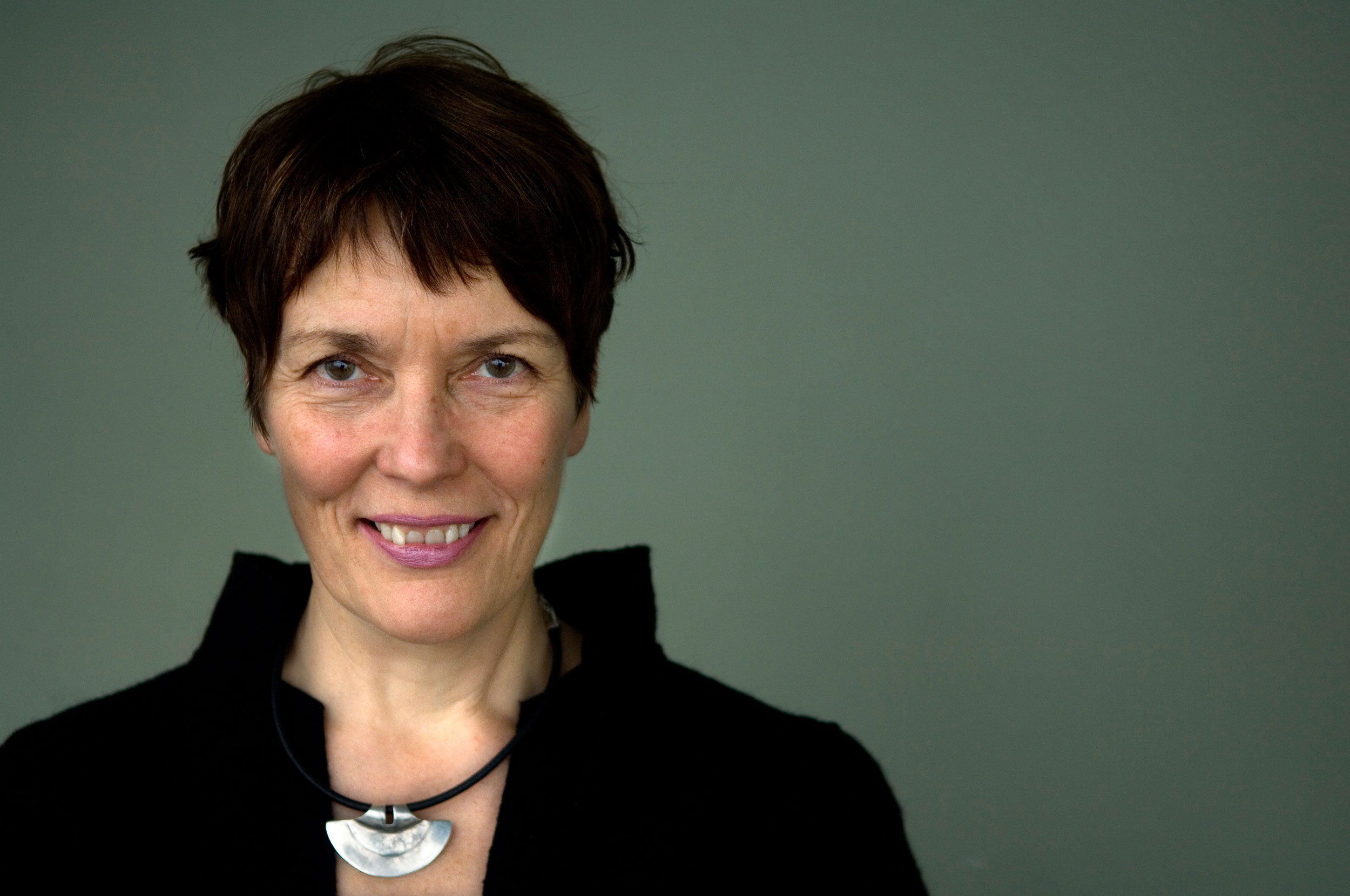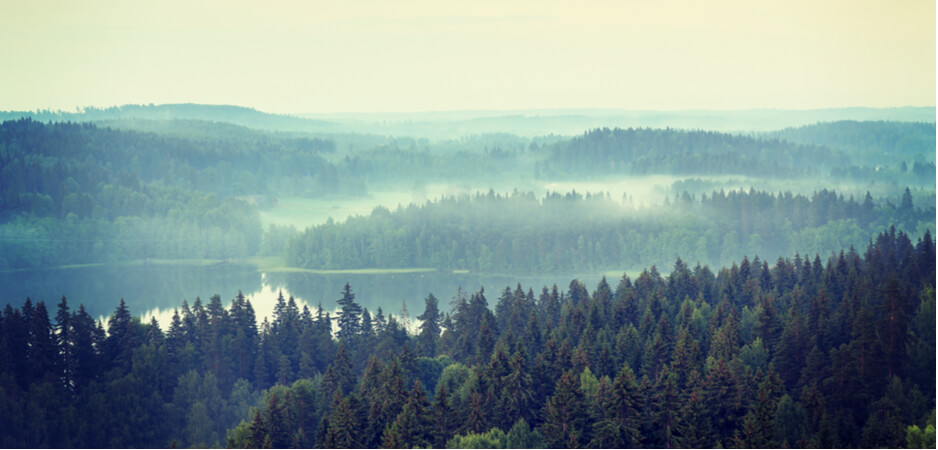Kourosh Ziabari – Fair Observer: Finland is a country of fascinating and stark contrasts — long and glittery summer nights and short, snowy winter days, the midnight sun and the winter darkness. The country earned its nickname, the Land of the Midnight Sun, because of the sun
doesn’t set at all in its northernmost parts during summer months. Finland is a land of islands, boasting some 187,888 lakes, and is believed to be one of the most extensive and unspoiled natural environments in Europe.
However, Finland has been affected by global warming and climate change in its own ways. The Finnish Meteorological Institute has projected that in the near future, temperatures will rise, precipitation will surge, snow cover and soil frost will reduce, cloud cover will increase, sunshine will decrease and sea level in the Baltic Sea will rise. June 2017 was the fourth warmest in 137 years.
In 2015, Finland’s national Climate Change Act entered into force, laying down provisions on climate policies and monitoring the implementation of climate objectives. The long-term greenhouse gas emission reduction target set by the legislation is aimed at 80% by 2050. The Ministry of the Environment is tasked with multiple responsibilities to mitigate the impacts of climate change on Finland.
In this edition of The Interview, Fair Observer talks to Satu Hassi, Finland’s former environment minister, about the northern European nation’s fight against climate change and its government’s policies to tackle global warming.
The interview was conducted at the end of 2018. The text has been lightly edited for clarity.
Kourosh Ziabari: How is Finland affected by global warming? Do you think it can win the fight against climate change?
Satu Hassi: In the north, including Finland, the warming rate is approximately double compared to the global average. Finland has warmed approximately two degrees Celsius after mid-19th century. For example, now almost all of Finland, including the northern part of the country, Lapland, is snow free, which we find extremely unusual in the second half of November. For example, a few weeks back, there was a World Cup winter sport event in Ruka, in northern Finland, but there was no snow. They had to produce snow artificially for the cross-country skiing lanes.
Ziabari: Finland is known as a forest-rich country, with forests considered to be “green gold” and part of its national identity. How does the government’s new climate and energy strategy unveiled in 2017, which is based on increasing logging by nearly 25%, undermine the potential use of these [woodlands] as a carbon sink?
Hassi: I disagree strongly with our government on the plans to increase logging. This would reduce the carbon sink formed by our forests, which would be as bad for climate as increasing greenhouse gas emission. Reducing our forest carbon sinks in the way the government has planned would be irresponsible.
Ziabari: You once mentioned in one of your interviews that collection systems for plastic recycling are inadequate. Is it something specific to Finland, or is the whole of Europe suffering from this? Is there any significant investment underway to make up for the inadequacy?
Hassi: The inadequacy is global. Recently I read that even fish caught from the Amazon River had pieces of plastic in their digestive system. In Finland we have recently improved to some extent, and separate collection of plastic waste has increased. Now it is possible for normal families to bring their plastic waste to containers, which will be brought to a plastic recycling [plant], not incinerated.
Ziabari: Are the negative environmental impacts of aviation a serious challenge or concern for the European Union? An agreement to exclude international aviation from the EU’s Emissions Trading Scheme (ETS) for another four years was reached between the European Parliament and the Council of Europe in 2014. That period has expired now. How is the situation presently?
Hassi: Originally, the EU directive which brought aviation to the EU Emissions Trading Scheme was written in such a way that after a transitional period of some years the ETS would cover all flights arriving to EU and departing from the EU. But China and the US threatened to start a trade war. The EU bowed to this pressure and amended the directive in such a way that only flights inside the EU are covered by the ETS. I very much hope the ETS could be developed to cover all flights between the EU and the rest of the world.
The ideal solution would be emissions trading covering all flights globally or a global carbon tax for all flights. The revenues could be used to support climate measures, both mitigation and adaptation, in developing countries.
 Ziabari: How is the European Union, and Finland in particular, dealing with concerns over worldwide food insecurity? A report by the Food and Agriculture Organization shows that the diversity of cultivated crops fell by 75% during the 20th century, and one third of today’s varieties could disappear by 2050. What are the implications of this decline in the diversity of nutrients for EU citizens?
Ziabari: How is the European Union, and Finland in particular, dealing with concerns over worldwide food insecurity? A report by the Food and Agriculture Organization shows that the diversity of cultivated crops fell by 75% during the 20th century, and one third of today’s varieties could disappear by 2050. What are the implications of this decline in the diversity of nutrients for EU citizens?
Hassi: It is very worrying. This has been an issue of political debate in the European Parliament. For example, the Greens have argued that the EU agricultural policy should encourage genetic diversity of crop species. But for global food security, I think climate mitigation is even more important. A warming climate will reduce crops, especially in the tropical and subtropical latitudes.
Ziabari: You once referred to air quality as one of the success stories of environmental policy. How is the situation with air pollution in Europe today? While 80% of Europeans are exposed to particulate matter level above the limits stipulated by the World Health Organization, is air quality a major concern, or has it been tackled?
Hassi: The air quality in European cities is much better than it used to be, which you can see with your own eyes. For example, in Finnish cities the new snow stays white much longer than it did in the 1980s — but still there is a lot of work to be done. It is still estimated that 400,000 Europeans die prematurely because of air pollution. But emission standards for power stations, factories and cars have been tightened several times. The sulphur dioxide emissions are less than 10% compared to their peak value in the 1980s.
The most recent sector to reduce air pollution emissions is shipping. The maximum sulphur content of maritime fuel was reduced from 1% to 0.1 % on January 1, 2015, and on January 1, 2020 it will be reduced from 3.5% to 0.5% in all other sea areas. This is a major step forward for air quality, especially in coastal areas.
This interview was originally published on Fair Observer.

